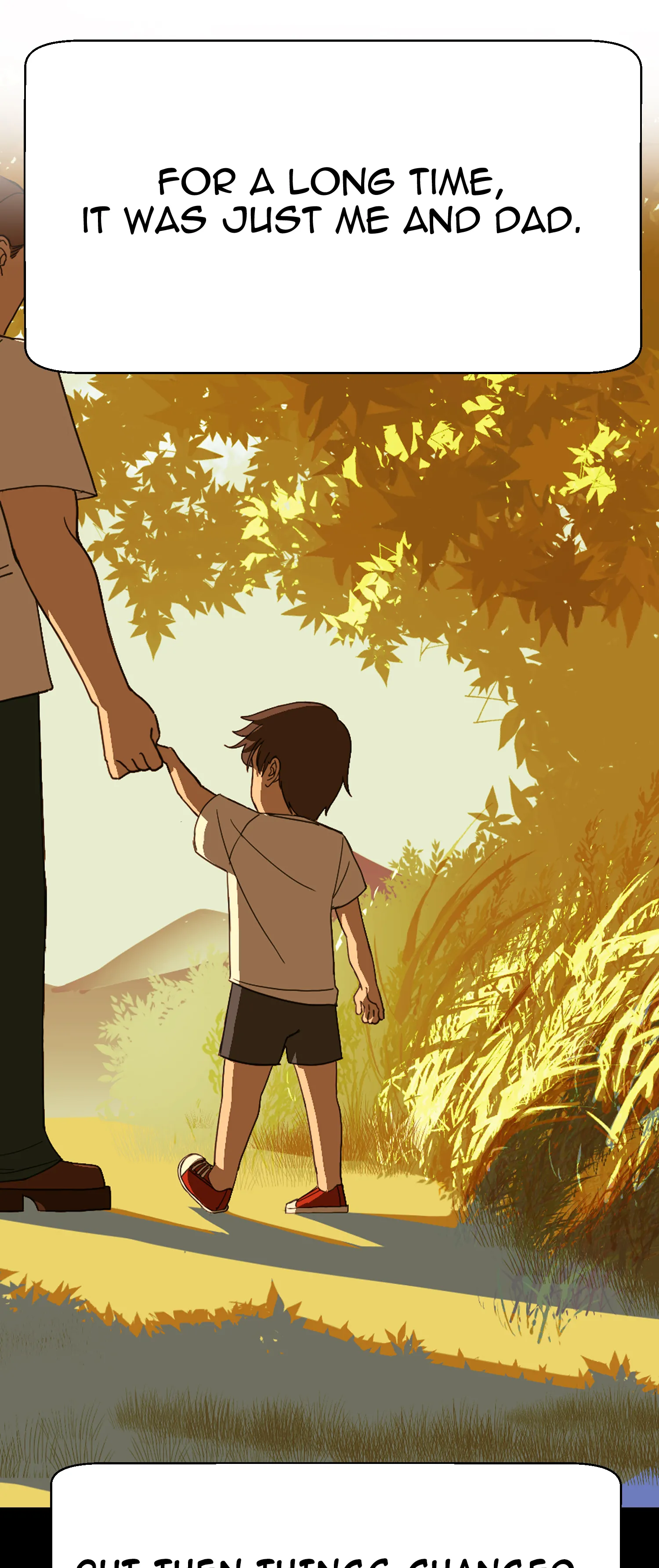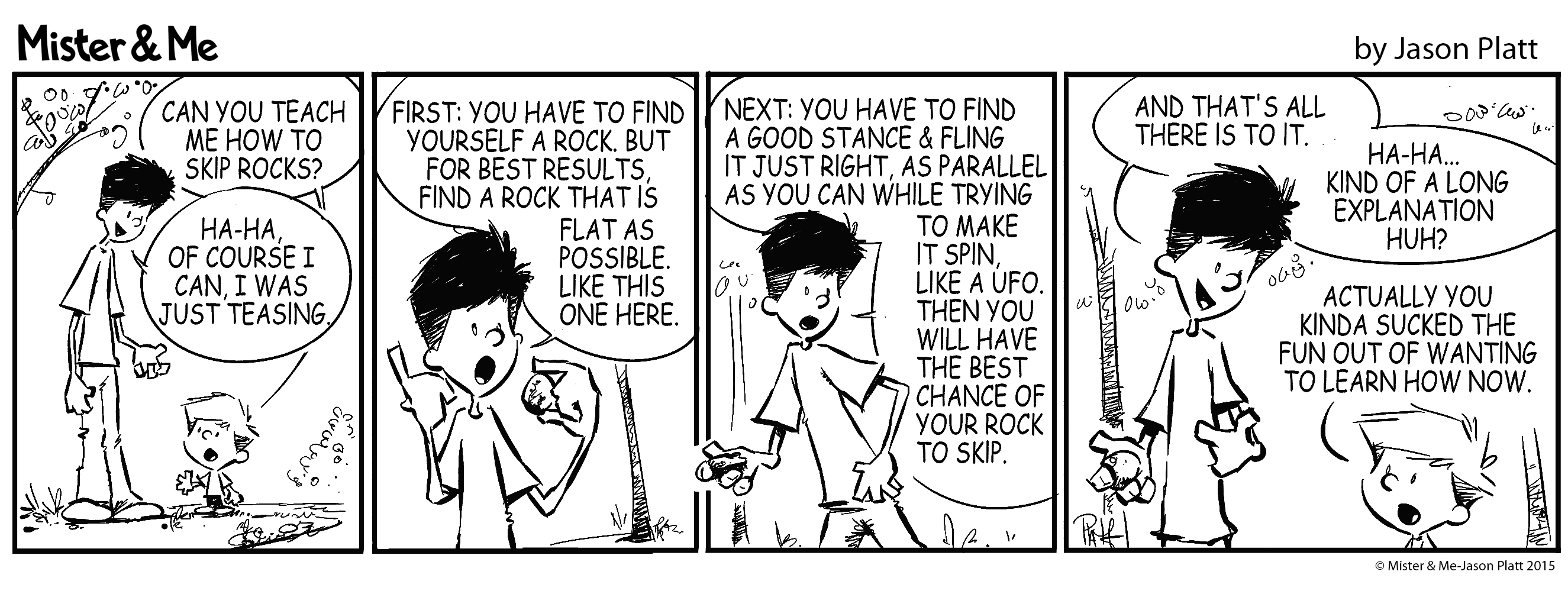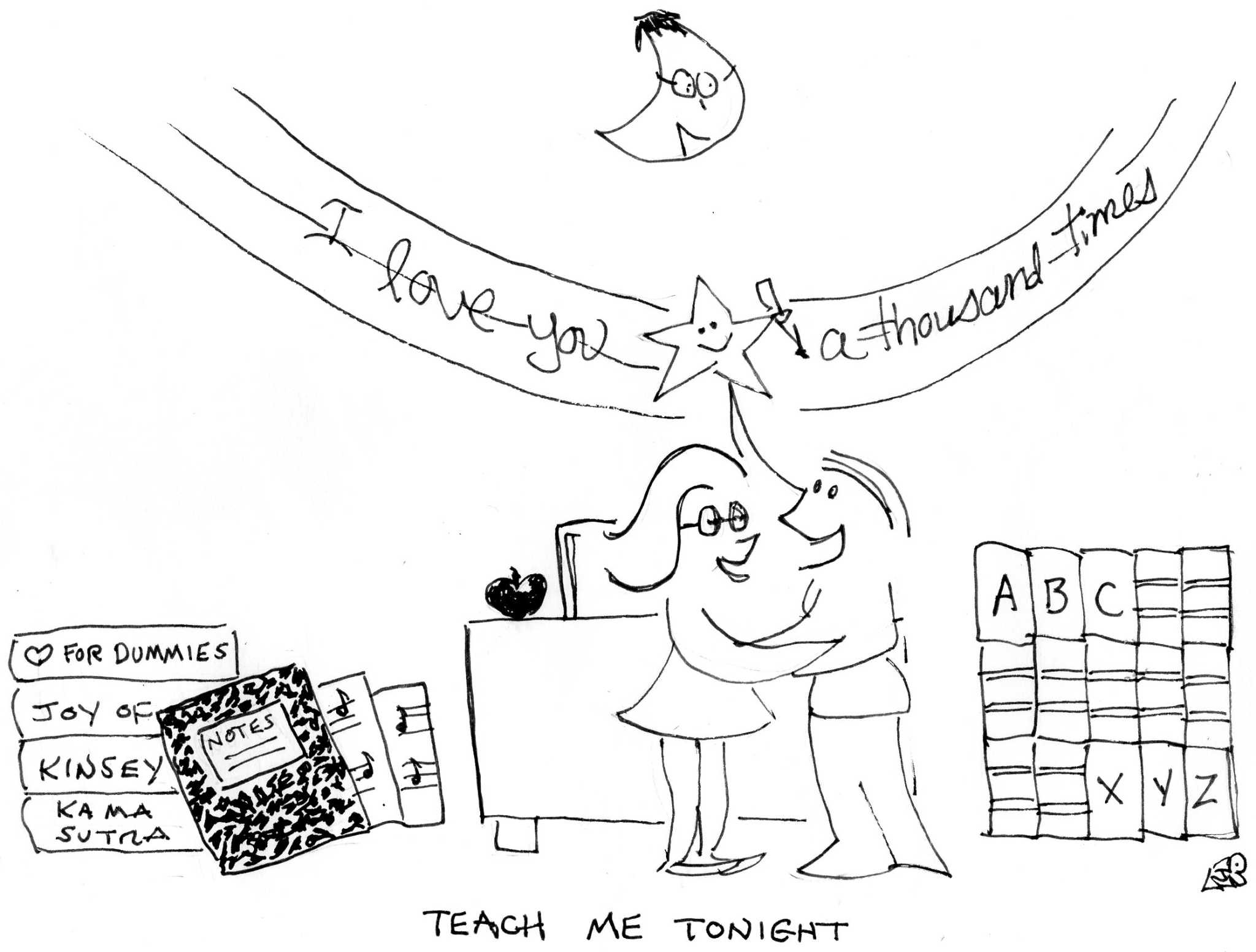Starting your own comic strip, or perhaps just a single panel, can feel like a big leap, a bit like learning a new language where the words are pictures and the grammar is how you draw lines. It’s almost as if there’s a secret handshake to the world of drawing characters and telling tales frame by frame, so many folks wonder where to even begin.
Many folks, you know, really wonder where to even begin, how to put those funny thoughts or heartfelt stories onto paper in a way that truly connects with others. It’s a bit like wanting to tell a joke but not quite knowing how to deliver the punchline with a drawing, or maybe you have a deep thought you want to share, but the art part feels a little tricky.
This guide, in a way, is here to help you get going, showing you the simple steps to bring your very first cartoon creation to life. Whether you are just doodling for fun or dreaming of a whole series, we will walk through the early stages of making your comic vision a reality, giving you some pointers on how to teach yourself this enjoyable skill.
- Kirkland Wipes Lawsuit
- Is David Jason Muir Married
- Sherrie Swafford 2024
- Phoebe Cates Now
- Brendan Buck Wikipedia
Table of Contents
- What's the First Step to Teach Me First Toon Comic?
- Getting Your Ideas Ready for Your First Toon Comic
- How Do You Start Drawing Your First Toon Comic?
- Making Your Characters and Settings for Teach Me First Toon Comic
- What Tools Do You Need to Teach Me First Toon Comic?
- Simple Ways to Add Words and Bubbles in Your First Toon Comic
- Where Can I Share My First Toon Comic?
- Keeping Your Creative Spark Alive for Teach Me First Toon Comic
What's the First Step to Teach Me First Toon Comic?
The very first thing, when you want to make a comic, is to figure out what you want to say, really. It’s about getting your thoughts in order before you even pick up a pencil. Think of it like telling a story to a friend; you usually have a general idea of what happened before you start speaking. For your first cartoon, this means deciding on a simple situation or a quick joke you want to show. Perhaps it's a funny thing that happened to you today, or a silly idea about an animal doing something out of the ordinary. This initial thought is the seed from which your entire comic will grow, so it's quite important to spend a moment letting it settle in your mind. You are, in essence, laying down the groundwork for your visual narrative, and that is a pretty cool way to begin.
Getting Your Ideas Ready for Your First Toon Comic
To prepare your ideas for your very first toon comic, you might find it helpful to just jot down some notes, or maybe even draw little stick figures to capture the main parts of your thought. This is not about making perfect drawings, not at all; it's about getting the core of your idea down on paper so you can look at it and see if it makes sense. You could, for instance, think about who the main character is, what they are doing, and what happens at the end. Is there a surprise? Is there a chuckle? Keeping it simple for your first attempt is key. Don't feel you have to tell a grand epic; a short, sweet moment is often more effective when you are just starting out. This stage is all about exploration, letting your thoughts wander a little, and seeing what gems you might uncover that could become a fun comic strip. It’s like gathering ingredients before you cook, ensuring you have everything you need to bake something delicious for your teach me first toon comic adventure.
How Do You Start Drawing Your First Toon Comic?
Once you have a bit of an idea in mind, the next question, naturally, is how to get those lines onto paper. Starting to draw your first comic does not require you to be a master artist, not in the slightest. It’s more about being willing to put something down and then making small adjustments as you go. You could begin by drawing very light shapes, almost like skeletons for your characters or objects. Think of circles for heads, squares for bodies, and simple lines for arms and legs. These basic forms help you place everything where it needs to be on your page. It's a bit like building with blocks; you start with the big pieces before adding the smaller, more detailed ones. This method helps to avoid feeling overwhelmed by the blank page, giving you a clear path to follow. Remember, the goal here is to express your idea, not to create a museum piece, so just have a go.
Making Your Characters and Settings for Teach Me First Toon Comic
When you are ready to make your characters and the places they exist for your teach me first toon comic, keep things straightforward. For characters, maybe give them a distinct shape or a particular feature that makes them recognizable, like a funny hat or a very big nose. Think about what they might be feeling, and how that feeling could show on their face or in their body posture. A simple frown or a wide grin can say a lot without needing many words. For the setting, just draw enough to let the reader know where the action is happening. If it's in a park, a tree and a bench might be all you need. If it's inside a house, perhaps a window or a piece of furniture will do the trick. You don't have to draw every single leaf on the tree or every pattern on the wallpaper. The idea is to provide just enough visual information to support your story, without making the drawing too busy or complicated. It’s about guiding the viewer's eye to what truly matters in your scene, which is quite an important skill to pick up.
What Tools Do You Need to Teach Me First Toon Comic?
You might be wondering, what sort of supplies do I really need to get going with this? Well, to make your first toon comic, you honestly don't need a lot of fancy equipment, which is rather good news. A simple pencil, any kind will do, and some paper are your main companions. You could use a regular school pencil, or perhaps one that is a bit softer if you like darker lines. As for paper, printer paper, notebook paper, or even the back of an old envelope can work just fine. The point is to just get started with what you have. Later on, if you find you really enjoy making comics, you might want to get a fine-point pen for outlining your drawings, or some colored pencils to add a bit of vibrancy. But for now, keeping it basic means you can jump right into the creative process without any delay. It’s about using what’s on hand to bring your thoughts to life, so you don't need to go out and buy a whole art store.
Simple Ways to Add Words and Bubbles in Your First Toon Comic
Adding words and speech bubbles to your first toon comic is a pretty straightforward process, and it really helps to tell your story clearly. The simplest way to do this is to draw an oval or a somewhat rounded shape near the character who is speaking. Then, you add a little pointer, sometimes called a "tail," that goes from the bubble directly to the speaker's mouth. Inside this bubble, you can write what your character is saying. For thoughts, you might use a cloud-like shape with little bubbles trailing off to the character's head. If someone is shouting, you could make the bubble look spiky, like a burst, with bigger, bolder letters. Remember to keep the text easy to read, so don't try to cram too many words into one bubble. It's often better to break up longer sentences into a few smaller bubbles if you need to. This makes the comic flow better and keeps the reader engaged, which is quite important for your teach me first toon comic. Just practice a little, and you'll find what works best for you.
Where Can I Share My First Toon Comic?
Once you have finished your very first comic, a natural question that comes up is where you can show it to others. There are, actually, many places to share your creative work, even if it’s just a single panel. You could, for instance, show it to a family member or a close friend; getting their immediate reaction can be really encouraging. If you are feeling a bit more adventurous, there are online communities where people share their drawings and comics. Websites that host art, or social media platforms, are often places where creators put up their work. You might even find groups specifically for new comic artists, where people offer gentle feedback and support. The key is to pick a place where you feel comfortable, and where you might get a little bit of positive encouragement. Sharing your work, even if it feels a little scary at first, is a wonderful way to get a sense of how your ideas are received and to connect with other people who enjoy similar things. It is a way to put your work out there, which is a big step.
Keeping Your Creative Spark Alive for Teach Me First Toon Comic
To keep your creative spark alive after you have made your first toon comic, it's really about continuing to observe the world around you and staying open to new ideas. Sometimes, people get a little discouraged if their first attempt isn't exactly what they imagined, but that's part of the learning process. The more you draw and the more you try to tell stories with pictures, the better you will become. You could try drawing something every day, even if it's just a quick sketch in a small notebook. Look at other comics and see what you like about them, how they tell their stories, or how they draw their characters. Don't compare your beginning to someone else's middle or end, though; everyone starts somewhere. Trying new drawing tools, or experimenting with different styles, can also keep things fresh and exciting. The main thing is to keep enjoying the act of creating, letting your imagination lead the way, and remembering that every drawing, even the ones you don't love, is a step forward in your journey to teach yourself more about making comics. It’s a continuous process of learning and doing, which is rather rewarding.
Related Resources:



Detail Author:
- Name : Kara Beier
- Username : tierra.kessler
- Email : breanna12@mcglynn.com
- Birthdate : 1974-08-10
- Address : 343 Gwen Alley Suite 335 Dickiburgh, NE 16654-6953
- Phone : (281) 492-3629
- Company : Skiles-Hamill
- Job : Sociologist
- Bio : Vel vero et laudantium in. Eaque quod et qui accusamus. Rerum corrupti architecto et et perspiciatis.
Socials
linkedin:
- url : https://linkedin.com/in/kelsimccullough
- username : kelsimccullough
- bio : Cumque aut tempora eum quam non at.
- followers : 6522
- following : 1806
instagram:
- url : https://instagram.com/mccullough1970
- username : mccullough1970
- bio : Fugiat quibusdam amet est et omnis. At sed quibusdam numquam rerum.
- followers : 5448
- following : 735
twitter:
- url : https://twitter.com/mccullough1983
- username : mccullough1983
- bio : Nesciunt tempora quia sunt est qui. Aperiam nihil quas et officiis qui aut.
- followers : 1834
- following : 1842
facebook:
- url : https://facebook.com/kelsi.mccullough
- username : kelsi.mccullough
- bio : Nam non asperiores animi tempore quasi velit. Incidunt cumque explicabo maxime.
- followers : 2939
- following : 1129
tiktok:
- url : https://tiktok.com/@kelsimccullough
- username : kelsimccullough
- bio : Et adipisci quo voluptate cum aut non illum.
- followers : 3102
- following : 254